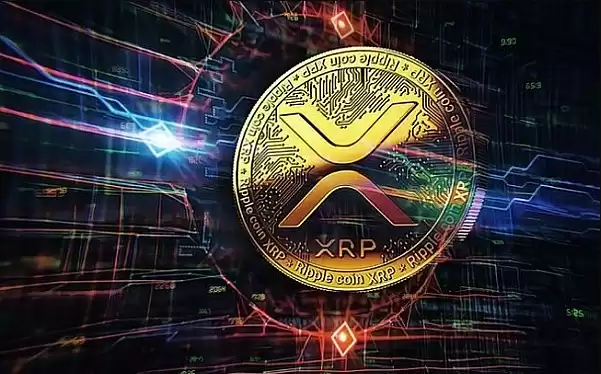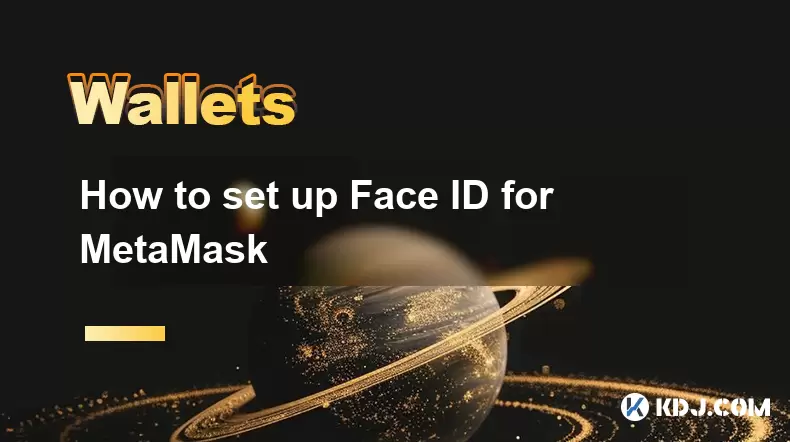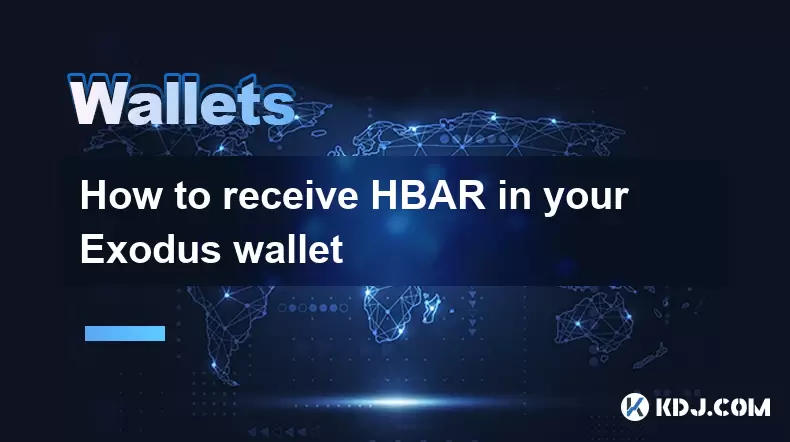-
 Bitcoin
Bitcoin $119300
2.40% -
 Ethereum
Ethereum $4254
-0.20% -
 XRP
XRP $3.184
-1.38% -
 Tether USDt
Tether USDt $1.000
0.00% -
 BNB
BNB $803.9
0.58% -
 Solana
Solana $183.1
1.50% -
 USDC
USDC $0.0000
0.01% -
 Dogecoin
Dogecoin $0.2339
-2.87% -
 TRON
TRON $0.3384
0.88% -
 Cardano
Cardano $0.8018
-0.29% -
 Hyperliquid
Hyperliquid $45.13
3.14% -
 Chainlink
Chainlink $22.10
0.96% -
 Stellar
Stellar $0.4439
-0.94% -
 Sui
Sui $3.875
-0.73% -
 Bitcoin Cash
Bitcoin Cash $570.7
0.24% -
 Hedera
Hedera $0.2589
-2.90% -
 Ethena USDe
Ethena USDe $1.001
-0.01% -
 Avalanche
Avalanche $23.83
-1.73% -
 Litecoin
Litecoin $123.8
2.61% -
 Toncoin
Toncoin $3.351
-1.13% -
 UNUS SED LEO
UNUS SED LEO $9.103
1.13% -
 Shiba Inu
Shiba Inu $0.00001356
-1.40% -
 Uniswap
Uniswap $10.93
-0.19% -
 Polkadot
Polkadot $4.057
-1.97% -
 Dai
Dai $1.000
0.01% -
 Cronos
Cronos $0.1646
4.66% -
 Ethena
Ethena $0.7974
8.11% -
 Pepe
Pepe $0.00001208
-2.89% -
 Bitget Token
Bitget Token $4.445
-1.70% -
 Monero
Monero $268.8
-2.00%
how to have xrp wallet
To safeguard their XRP funds, it's imperative for users to employ robust security measures, such as strong passwords, two-factor authentication (2FA), and awareness of phishing scams.
Nov 06, 2024 at 01:27 am

A Comprehensive Guide to Establishing an XRP Wallet
Introduction
XRP, developed by Ripple, is a decentralized cryptocurrency designed for fast and cost-efficient cross-border transactions. To fully utilize its capabilities, a reliable and secure wallet is essential. Setting up an XRP wallet is a straightforward process, and this guide will walk you through the steps to create and manage your own XRP wallet.
Step 1: Choose a Wallet Type
Several types of XRP wallets cater to different user preferences and security levels. Here's a breakdown of the main types:
1. Software Wallets (Desktop/Mobile):
- Easy to use and accessible from any device.
- Provides a balance between convenience and security.
- Can be custodial (managed by third parties) or non-custodial (controlled by you).
- Representative options: Atomic Wallet, Ledger Live, Exodus, Trust Wallet
2. Hardware Wallets:
- Physical devices that protect your private keys offline.
- Highest level of security against hacking and malicious attacks.
- Requires an initial investment but offers peace of mind.
- Representative options: Ledger Nano X, Trezor Model T, SafePal S1
3. Paper Wallets:
- Printable documents that contain your public and private keys.
- Offers maximum security as the keys are stored offline.
- Requires careful handling to prevent loss or damage.
Step 2: Select a Specific Wallet
Once you've chosen the type of wallet that best suits your needs, it's time to select a specific wallet from within that category. Here are a few reputable options to consider:
1. Atomic Wallet:
- Desktop and mobile wallet for various cryptocurrencies, including XRP.
- User-friendly interface and integrated features like staking and exchanges.
2. Ledger Nano X:
- Hardware wallet with advanced security measures, such as a Secure Element chip.
- Supports multiple cryptocurrencies, including XRP.
- Bluetooth connectivity for convenient mobile app usage.
3. Exodus:
- Desktop and mobile wallet with a modern and intuitive user interface.
- Allows for exchange within the platform.
Step 3: Create Your XRP Wallet
The process of creating an XRP wallet varies slightly depending on the wallet type you choose. However, the general steps are as follows:
Software Wallets:
- Download and install the wallet software on your device.
- Create a new wallet and set a strong password.
- Keep your recovery phrase safe as it can be used to recover your wallet if needed.
Hardware Wallets:
- Connect the hardware wallet to your computer and follow the on-screen instructions to set it up.
- Initialize the device by creating a PIN code.
- Install the appropriate cryptocurrency app on your hardware wallet to manage your XRP funds.
Paper Wallets:
- Go to a reputable paper wallet generator website (e.g., https://xrppaperwallet.com/).
- Generate a new wallet and download the PDF containing your public and private keys.
- Print the PDF securely and keep it safe.
Step 4: Secure Your XRP Wallet
Ensuring the security of your XRP wallet is crucial to protect your funds from unauthorized access or theft. Here are some best practices:
- Use Strong Passwords: Create complex passwords with a combination of uppercase, lowercase, numbers, and symbols. Avoid using easily guessable information like your name or birthdate.
- Enable Two-Factor Authentication (2FA): This adds an extra layer of security by requiring you to enter a code sent to your phone or email during login attempts.
- Keep Your Software Up to Date: Wallet software updates often include security patches and improvements. Install updates promptly to ensure maximum protection.
- Be Cautious of Phishing Scams: Never share your private keys or recovery phrase with anyone. Legitimate companies will never ask you for this information.
Step 5: Store and Manage Your XRP
Once your XRP wallet is created and secured, you can start storing and managing your XRP funds. The process may vary depending on the wallet type you're using, but generally involves the following steps:
Receiving XRP:
- Provide the sender with your public wallet address.
- When the transaction is complete, the XRP will be credited to your wallet balance.
Sending XRP:
- Enter the recipient's public wallet address.
- Specify the amount of XRP you want to send.
- Confirm the transaction and pay the associated transaction fee.
Managing Your XRP:
- Monitor your wallet balance and transaction history regularly.
- Set up alerts tonotify you of any suspicious activity.
- Back up your wallet regularly to safeguard your funds in case of a device failure or loss.
Conclusion
Setting up and managing an XRP wallet is a straightforward process with the right guidance. By following the steps outlined in this comprehensive guide, you can create a secure and reliable wallet to store and manage your XRP funds confidently. Remember to prioritize security, stay informed about potential threats, and seek professional help if needed to ensure the safety of your digital assets.
Disclaimer:info@kdj.com
The information provided is not trading advice. kdj.com does not assume any responsibility for any investments made based on the information provided in this article. Cryptocurrencies are highly volatile and it is highly recommended that you invest with caution after thorough research!
If you believe that the content used on this website infringes your copyright, please contact us immediately (info@kdj.com) and we will delete it promptly.
- Shiba Inu's Comeback Trail and the Meme Coin Mania: Can $SHIB Deliver a 12,000x Return?
- 2025-08-11 18:30:11
- Pudgy Penguins, Bitcoin Penguins, and the $22M Meme Coin Mania: A New York Perspective
- 2025-08-11 17:10:11
- Bitcoin L2 Heats Up: SatLayer (SLAY) Lists on KuCoin Amidst Layer-2 Boom
- 2025-08-11 16:50:12
- Ethereum, Coin Market Cap, and Solfart Token: A Wild Ride in the Crypto Universe
- 2025-08-11 17:50:12
- Riding the ETH Wave: GoldenMining's ETH Contracts and the Price Surge
- 2025-08-11 17:55:12
- DOGE, SHIB, and the Crypto Landscape: What's Hot and What's Not
- 2025-08-11 18:01:04
Related knowledge

How to manage your portfolio in Exodus wallet
Aug 08,2025 at 10:07pm
Understanding the Exodus Wallet InterfaceThe Exodus wallet is a non-custodial cryptocurrency wallet that supports a wide range of digital assets. When...

How to reset your MetaMask password
Aug 08,2025 at 01:28pm
Understanding the MetaMask Password Reset ProcessMany users confuse the MetaMask password with the seed phrase or private key, but they serve differen...

How to buy Dogecoin on MetaMask
Aug 08,2025 at 03:42am
Understanding Dogecoin and MetaMask CompatibilityDogecoin (DOGE) is a popular meme-based cryptocurrency that operates on its own blockchain, originall...

How to switch between networks in Trust Wallet
Aug 09,2025 at 11:07am
Understanding Network Switching in Trust WalletSwitching between networks in Trust Wallet allows users to manage assets across different blockchains, ...

How to set up Face ID for MetaMask
Aug 11,2025 at 09:28am
Understanding Face ID and Its Role in MetaMask SecurityFace ID is a biometric authentication system developed by Apple that uses facial recognition to...

How to receive HBAR in your Exodus wallet
Aug 08,2025 at 11:28pm
Understanding HBAR and the Hedera NetworkThe HBAR cryptocurrency is the native token of the Hedera Hashgraph network, a distributed ledger technology ...

How to manage your portfolio in Exodus wallet
Aug 08,2025 at 10:07pm
Understanding the Exodus Wallet InterfaceThe Exodus wallet is a non-custodial cryptocurrency wallet that supports a wide range of digital assets. When...

How to reset your MetaMask password
Aug 08,2025 at 01:28pm
Understanding the MetaMask Password Reset ProcessMany users confuse the MetaMask password with the seed phrase or private key, but they serve differen...

How to buy Dogecoin on MetaMask
Aug 08,2025 at 03:42am
Understanding Dogecoin and MetaMask CompatibilityDogecoin (DOGE) is a popular meme-based cryptocurrency that operates on its own blockchain, originall...

How to switch between networks in Trust Wallet
Aug 09,2025 at 11:07am
Understanding Network Switching in Trust WalletSwitching between networks in Trust Wallet allows users to manage assets across different blockchains, ...

How to set up Face ID for MetaMask
Aug 11,2025 at 09:28am
Understanding Face ID and Its Role in MetaMask SecurityFace ID is a biometric authentication system developed by Apple that uses facial recognition to...

How to receive HBAR in your Exodus wallet
Aug 08,2025 at 11:28pm
Understanding HBAR and the Hedera NetworkThe HBAR cryptocurrency is the native token of the Hedera Hashgraph network, a distributed ledger technology ...
See all articles

























































































